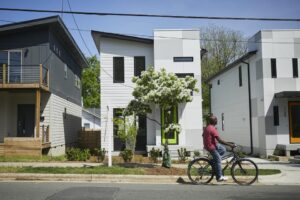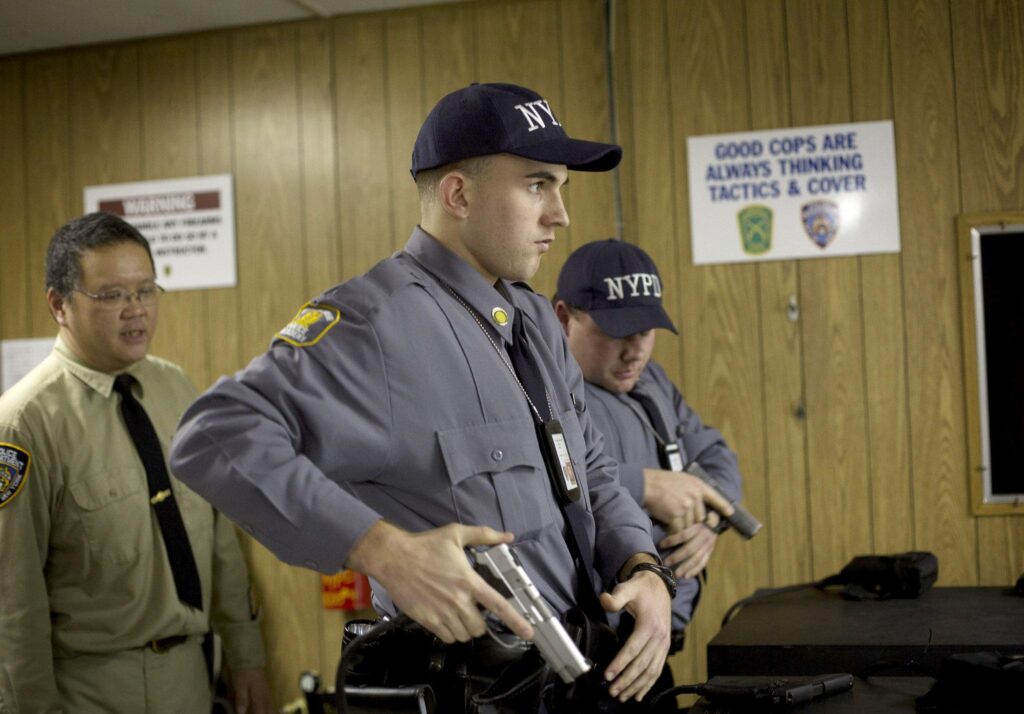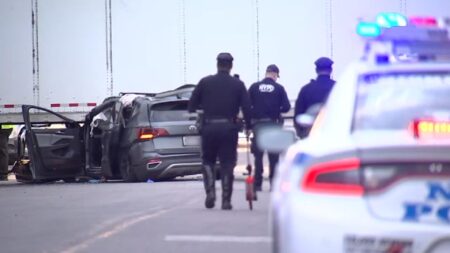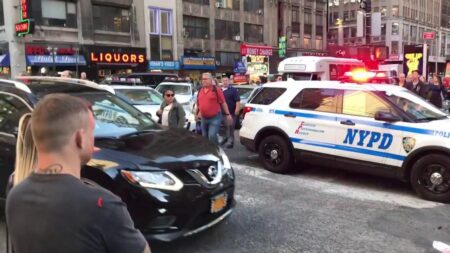NYPD Innovates with Quiet Shooting Range to Benefit Surrounding Communities
The New York Police Department is embarking on a transformative project to upgrade its firearms training facilities by constructing a next-generation shooting range engineered to drastically cut down noise pollution. This development is part of a broader initiative to modernize police training while addressing longstanding concerns from residents living near existing ranges. By integrating cutting-edge sound reduction technologies, the new facility aims to offer officers a safer, more effective training environment that respects the tranquility of adjacent neighborhoods.
Highlights of the new shooting range include:
- High-performance acoustic insulation capable of absorbing up to 90% of gunfire noise.
- Sustainable building practices designed to minimize environmental impact and carbon emissions.
- Enhanced air filtration and ventilation systems to safeguard officer health during training.
- Modular shooting layouts that accommodate a variety of tactical exercises and scenarios.
| Feature | Advantage |
|---|---|
| Sound-Absorbing Walls | Significantly reduces noise impact on local residents |
| Eco-Conscious Materials | Limits environmental footprint of the facility |
| Advanced Ventilation | Ensures clean air and reduces exposure to harmful particles |
Cutting-Edge Acoustic Solutions for Noise Reduction
At the forefront of this project is the implementation of innovative soundproofing technologies designed to minimize both internal reverberations and external noise leakage. The range will utilize a sophisticated blend of multi-layer acoustic barriers, viscoelastic damping compounds, and precision-engineered sound baffles to absorb and diffuse the wide frequency range produced by gunfire. These materials have been selected for their superior density and sound absorption properties, ensuring that the noise footprint is drastically curtailed.
Additional advanced noise control features include:
- Active Noise Cancellation (ANC) Systems that use embedded sensors to detect and counteract sound waves in real time.
- Acoustic Metamaterials engineered to manipulate sound waves beyond traditional absorption capabilities.
- Sound Diffusers strategically placed to scatter sound energy and prevent sharp echoes.
| Technology | Function | Projected Outcome |
|---|---|---|
| Multi-layer Acoustic Panels | Absorbs sound waves | Reduces echo by approximately 70% |
| Active Noise Cancellation | Real-time sound suppression | Minimizes noise escaping the facility |
| Acoustic Metamaterials | Frequency-specific sound control | Enhances low-frequency noise reduction |
Mitigating Community Impact Through Proactive Measures
Residents living near the proposed NYPD shooting range can anticipate a marked decrease in noise disturbances thanks to the facility’s comprehensive sound mitigation strategies. The project incorporates not only advanced acoustic materials but also thoughtful landscaping and physical barriers to further buffer sound transmission. City officials have prioritized transparency by organizing frequent community forums and providing regular updates on construction milestones, fostering a collaborative relationship with local stakeholders.
Measures implemented to address neighborhood concerns include:
- Installation of high-efficiency acoustic fencing around the perimeter
- Use of specialized low-noise ammunition to reduce gunshot volume
- Restricted training hours to avoid noise during early mornings and late evenings
- Ongoing noise level monitoring with data accessible to the public
| Community Concern | Mitigation Approach | Current Status |
|---|---|---|
| Excessive Noise | Acoustic barriers and low-noise rounds | Underway |
| Safety Issues | Enhanced security measures and controlled access | Implemented |
| Environmental Effects | Green landscaping and pollution controls | Being Evaluated |
Expert Guidance on Balancing Police Training with Community Wellbeing
Urban planners and acoustics specialists stress the importance of integrating multiple noise reduction strategies to harmonize police training requirements with neighborhood tranquility. Recommended approaches include the installation of sound barriers, the use of vegetative buffers such as dense tree lines, and the application of sound-absorbing construction materials. Experts also advocate for scheduling training during daytime hours when ambient noise levels are higher, thereby reducing the relative impact on residents.
These strategies are most effective when combined with comprehensive environmental assessments and continuous noise monitoring systems. The table below outlines key expert-recommended tactics for achieving this balance:
| Strategy | Benefit |
|---|---|
| Acoustic Barriers | Dramatically lowers noise within and beyond the training area |
| Vegetative Buffers | Natural sound absorption and enhanced visual appeal |
| Optimized Training Schedules | Reduces noise impact during sensitive times |
| Community Engagement | Builds trust and ensures transparency |
- Real-Time Noise Monitoring: Enables immediate adjustments to training activities if noise exceeds acceptable levels.
- Regular Public Communication: Keeps residents informed and involved throughout the project lifecycle.
- Simulated Ammunition Use: Where feasible, reduces actual noise without sacrificing training quality.
Conclusion: A Model for Modern Police Training Facilities
As the NYPD progresses with its plans for this innovative shooting range, the initiative represents a significant advancement in reconciling law enforcement training demands with the well-being of local communities. While specific timelines and operational details are still being finalized, the project sets a promising precedent for urban police departments nationwide seeking to modernize their facilities responsibly. Both residents and officials remain optimistic that this state-of-the-art range will serve as a benchmark for noise-conscious, community-friendly law enforcement training environments.













